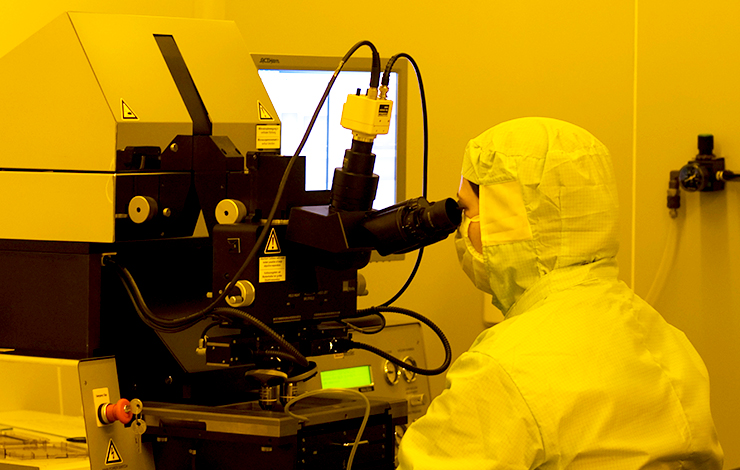


Persistent quasiplanar nematic texture: Its properties and topological defects
| Title | Persistent quasiplanar nematic texture: Its properties and topological defects |
| Publication Type | Journal Article |
| Year of Publication | 2016 |
| Authors | Pieranski P a, Godinho MH b, Čopar S c |
| Journal | Physical Review E - Statistical, Nonlinear, and Soft Matter Physics |
| Volume | 94 |
| ISSN | 15393755 |
| Keywords | Domain walls, Homeotropic anchoring, Homeotropic textures, Sample thickness, Sine Gordon model, sine-Gordon equation, Solitonic solutions, Thickness gradients, Topological defect, Variable thickness |
| Abstract | In the so-called quasiplanar texture of a nematic layer confined between parallel plates with homeotropic anchoring conditions, the director field rotates by π between limit surfaces so that field lines have the shape of a dowsing Y-shaped wooden tool. The orientation of the director field at midheight of the layer is arbitrary for symmetry reasons and is thus very sensitive to perturbations. We point out that contrary to accepted ideas the quasiplanar texture can be preserved infinitely in spite of its metastability with respect to the homogeneous homeotropic texture. We propose to call such a long-lived version of the quasiplanar texture the dowser texture. We demonstrate both experimentally and theoretically that in samples of variable thickness, the director field is sensitive to the gradient of the sample thickness through a linear coupling term. As a result, it has a tendency to follow the direction of the thickness gradient. Because of its sensitivity to perturbations we propose to call the midplane director field the dowser field and its tendency to follow the thickness gradient cuneitropism. Under effect of the gradient field, the dowser field obeys the sine-Gordon equation and exhibits domain walls that correspond to the well-known solitonic solutions of the sine-Gordon model. © 2016 American Physical Society. |
| URL | https://www.scopus.com/inward/record.uri?eid=2-s2.0-84993960906&doi=10.1103%2fPhysRevE.94.042706&partnerID=40&md5=db024713a8703ce15a7032be6befc052 |
| DOI | 10.1103/PhysRevE.94.042706 |








